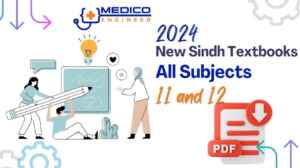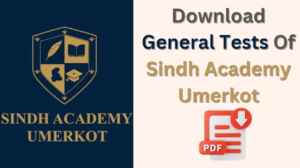0%
Instructions:
- Most Important: Please wait a few seconds after clicking the see results/ test submit button. Don’t double-click or refresh the page.
- Open in Chrome browser (recommended)
- Don’t refresh the page during the test
- This free online test will remain open for the whole mdcat session.
- Your score will be shown on the screen after you submit the test
- You can attempt the test anytime, anywhere
- Join our WhatsApp Group: Click here
- For Any Information, contact us via our Facebook Page
Privacy Notice:
Your name may appear on the leaderboard. If you are concerned about this, you may choose not to use your real name.



